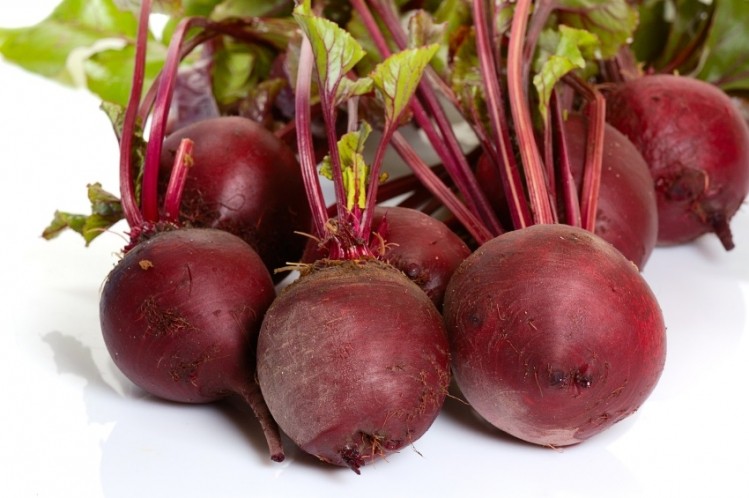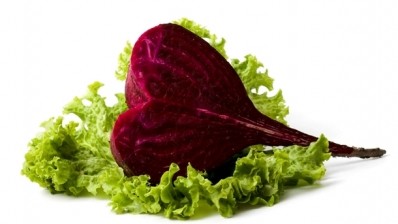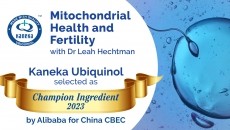Functional colours? Betalins backed for functional food potential

While plant derived natural pigments have been gaining popularity with consumers and the wider food industry, the functional properties of one of the most widely used food colourants may mean it has potential as a nutritional ingredient too, say researchers.
Writing in LWT - Food Science and Technology, the team bedind the study noted that while the functional and pharmacological properties of other natural colouring ingredients like anthocyanins and carotenoids have been well documented, the properties of betalains is less well defined.
“In addition to their relevance as colorants, betalains play an important role in human health because of their pharmacological activities such as antioxidant, anti-cancer, anti-lipidemic and antimicrobial,” wrote the team – led by Dr Wee Sim Choo from Monash University Malaysia.
“Plant sources of betalains other than red beetroot should be grown in sufficient quantities to ensure that betalains could be produced at a large scale for food industry use,” they said – adding that the pharmacological properties of betalain-rich foods including amaranth, prickly pear and red pitahaya show ‘great potential’ as functional foods.
Natural functionality
Choo and her colleagues noted that betalains can be subdivided into red–violet betacyanins or yellow betaxanthins, according to their chemical structure.
There are a number of known edible sources of betalains, including red and yellow beetroot (Beta vulgaris L. ssp. vulgaris), colored Swiss chard (B. vulgaris L. ssp. cicla), leafy or grainy amaranth (Amarathus sp.) and cactus fruits including prickly pear and red pitahaya (Opuntia sp. and Hylocereussp.), they added.
“Betalains have both aesthetic values and positive health effects in food, unlike synthetic colorants which may trigger adverse effects in humans,” said Choo and her colleagues – who noted that betalains are also water-soluble, which facilitates their incorporation into aqueous food system.
“The pharmacological properties of betalains-rich foods (…) show their great potential as functional foods,” said the team – who added that the natural pigments have been demonstrated to have significant antioxidant and anti-microbial activities in addition to a potential role in lowering cholesterol.
Indeed, the authors noted a 2011 study in which extracts of A. tricolor containing betalains at 200 g/kg and 400 mg/kg body weight were fedto diabetic rats – resulting in significantly reduced blood cholesterol, triglyceride and LDL levels, and increased high-density lipoproteins (HDL) levels.
They concluded that plant sources of betalains other than red beetroot should be grown in sufficient quantities to ensure that betalains could be produced at a large scale for use in the food industry as both a natural colouring agent and functional ingredient.
Source: LWT - Food Science and Technology
Volume 64, Issue 2, Pages 645–649, doi: 10.1016/j.lwt.2015.06.052
“Betalains: Natural plant pigments with potential application in functional foods”
Authors: Ashwini Gengatharan, et al
















